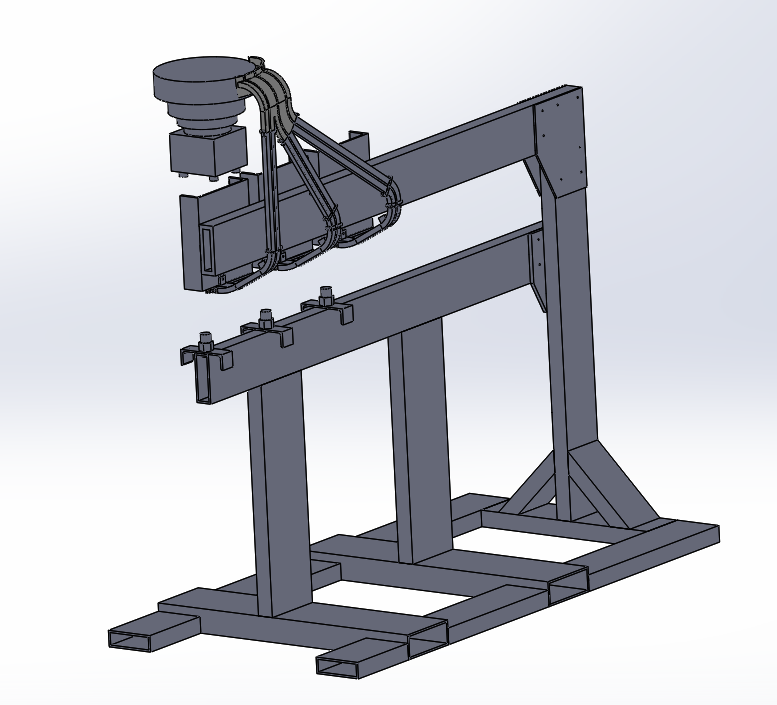Project Objective
To design and build a serviceable machine to apply pins to insulated duct pieces with a budget of $10,000 to be completed by June 09, 2017.
Team
The project team is
Customer/Market Requirements
As per SMACNA standards, insulated HVAC duct pieces require clinch pins to fix the insulation pieces as an adhesive layer cures. Utilizing impact force, delivered by pneumatic cylinders, clinch pins are driven through the insulation and attach to the sheet metal to ensure the adhesive layer applied between the insulation and the duct can cure without the insulation shifting or losing contact.
The key performance requirement is an increase in the throughput capabilities of duct insulation attachment, compared to their current system while not sacrificing reliability or precision. Streimer’s main goals are at least a 50% improvement in cycle speed and improvement in the machine’s ease of use, for both experienced and new operators, by using smart actuators and laser target indicators.
Design Challenges
Typically, in similar machines using a multi-head design, a separate feed bowl and track is used for each head. Our team is designing a split-feed system, utilizing a single bowl and custom split track to feed three heads. The challenge arises when implementing the feed’s split. Reliably feeding pins from a vibrating bowl into a custom rail section, without affecting the system’s harmonics to ensure three individual tracks replenish required an iterative prototyping and testing phase.
Outcomes

The team will deliver a fully functional prototype machine with three fixed heads. The prototype will have an automatic mode that will detect the presence of duct material, and a manual mode capable of activating or deactivating individual heads regardless of the sensors detecting material. The machine will also include a custom three-way split-feed system to allow for feeding of individual heads from a single, easy to load, vibratory hopper.